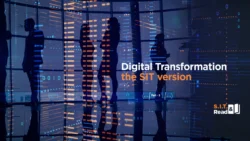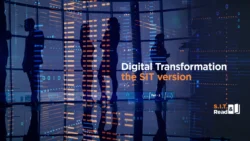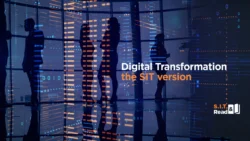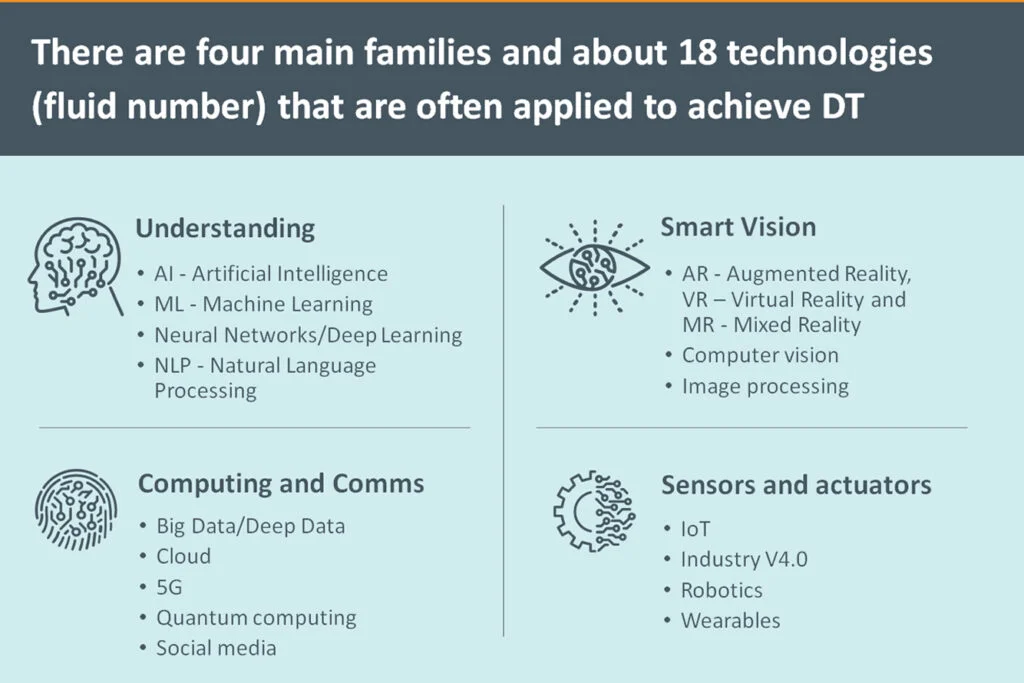5 Key Elements in Planning a DT Initiative
We opened this series with two posts dealing with the barriers to implementing Digital Transformation in your organization. “Why start with the negative?”, one may ask. First, it is often most useful to discuss the difficulties involved in a certain endeavor, especially when the general tone of the topic is one of unabashed hype. Second, as with other innovation-related endeavors, a major managerial error in DT is jumping into a buzzy-sounding initiative while disregarding its potential pitfalls and therefore doing so without proper commitment and preparations. One key message of posts 1&2 in this series is, therefore: avoid launching a DT initiative if you are not willing to confront the challenges, that will certainly arise, with determination.
In this post we present 5 Key Elements to consider as you prepare to launch your DT initiative. In future posts we will zoom-in to some of them in more detail.
Key Element 1 – Goals and objectives
Why are you launching this initiative, and what are you trying to achieve by it? It may seem redundant to even mention this obvious rule, given that it is the basic starting point for any activity. But DT efforts, specifically, often tend to be driven by the wrong motivations which can doom them from the outset. This is a short list of some of the common drivers for launching a DT initiative:
1. Public opinion, boards, Wall Street, stakeholders are demanding it;
2. Competitors are embracing it, and this threatens to give them an advantage;
3. Talent flows to organizations that are more digital;
4. Customers demand it;
5. Suppliers become digital;
6. Legacy systems and technologies are becoming obsolete;
7. FOMO, including both the frivolous and the serious versions.
All and each can be legitimate, but only motivations that are exposed and shared can serve as guides for choosing the right path forward.
Key Element 2 – Where are you now?
It is useful to see the path to Digital Transformation as consisting of three stages:
1) Digitization – roughly, transforming your paper records into bits and bytes;
2) Digitalization – implementing the tools and processes that allow access and utilization of the digital information;
3) Digital Transformation – rethinking and redefining your processes and your modus operandi to make the most of digital possibilities and to adapt to the needs of a digital environment.
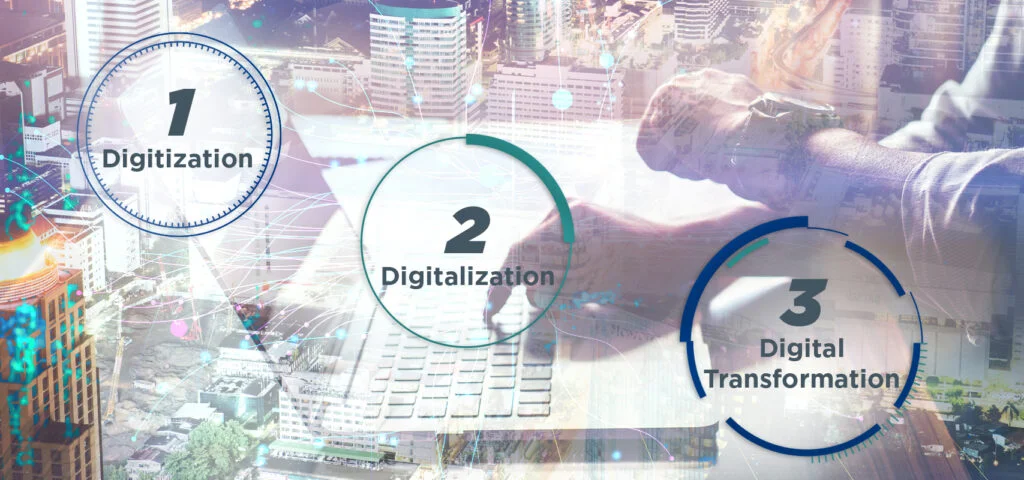
Organizations often mistake steps 1 or 2 with DT, whereby they not only miss opportunities for reaping the full rewards of DT, but often suffer damage by digitalizing processes that work better in analog. It is therefore crucial to clearly identify where the organization is at the outset of the initiative. This is less obvious than it may seem, given that business units or departments of the organization can be in different stages of the digital journey, that Stage 2 can superficially feel like a transformation although it isn’t really, and that some stakeholders may very much resist the implications of admitting that Stage 3 is still in front of them.
Key Element 3 – What do you aim to change?
Which area(s) will be transformed?
When you say your organization wants to “be more digital” or to digitally transform itself, you must define what it is that you are attempting to transform:
o Products and offerings o Business models o Productivity
o Processes – internal o Processes – external o Decision making
o Communications – internal and external o Other
Some of these may be difficult to transform without changing adjacent processes, others can be dealt with independently. It is sometimes better to go about the transformation gradually, rather than attempting the change all at once. Both approaches have their pros and cons.
What’s going to be D about it?
Even when a certain part of the business has been selected for digital transformation, for example product offerings, even then there are a variety of aspects that can be tackled and transformed and, in many cases, only some of them will. A full transformation of, say, a specific product or process into digital may, and often will, include changing how you:
o Sense o Collect o Aggregate/store
o Analyze o Communicate o Visualize
o Recommend o Act

Key Element 4 – Technology
When we work with a company to assist in DT, we find it useful to compile lists of technologies. The lists tend to vary somewhat according to domains and with time. In the list below there are four main families with 16 technologies (fluid number) that are often applied to achieve DT. It is not realistic to expect that any single person will be proficient in, or even just deeply knowledgeable about, all of these, but it is becoming increasingly necessary for every executive to have at least a superficial understanding of what they each mean, enabling them to turn to relevant experts with intelligent questions to assess potential threats and benefits for their area.
1. Thinking and analyzing
a. AI – Artificial Intelligence
b. ML – Machine Learning
c. Neural Networks/Deep Learning
d. NLP – Natural Language Processing
2. Vision and processing
a. AR – Augmented Reality, VR – Virtual Reality, and MR – Mixed Reality
b. Computer vision
c. Image processing
3. Computing and Communicating
a. Big Data/Deep Data
b. Cloud
c. 5G
d. Quantum computing
e. Social media
4. Sensing and making
a. IoT
b. Industry V4.0
c. Robotics
d. Wearables
Key Element 5 – Behaviors
As is becoming increasingly obvious, even to the more technically inclined, digital transformation depends less on the technologies deployed and more on the people employed in implementing them. The mindset shift required for a digital transformation is elusive and can be understood as the adoption or strengthening of a set of crucial behaviors. The following, non-exhaustive list includes some items that are recommended independently of digital context, while others are more D-specific:
- Be flexible, break fixedness;
- Focus on data: collect it, store, analyze, explore, etc.;
- Beyond listening to the customers: interact with the customer in exploratory mode. Both internally and externally, engage employees in new digitally transformed platforms and engage customers to use them.
- FFD – Function Follows Data/Digital: search for data, collect it and analyze it even before you understand its potential uses and benefits. This is necessary to overcome the chicken-egg problem of no budget for collecting data until you can prove benefits of it.
- Everything is a pilot: pilot as soon as possible, even partially (MVP style), progress from pilot to pilot, treat any version as a pilot for the next.
- Solutions can come from a variety of sources, both internal and external: develop internally, hire the knowledge, assign to freelance, outsource to vendor, acquire tech, acquire company, partner with academia, JV, and usually a combination of some of the above.
- Beware overload of data and technologies – do not assume that their existence will guarantee wise usage or any usage.
Following our two posts on barriers to DT, in this post we have reviewed 5 key elements to consider when setting out on a digital transformation journey. In future installments, according to your questions and comments, we will zoom in and expand some of the elements, sharing examples and tips.
